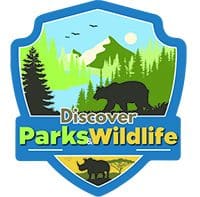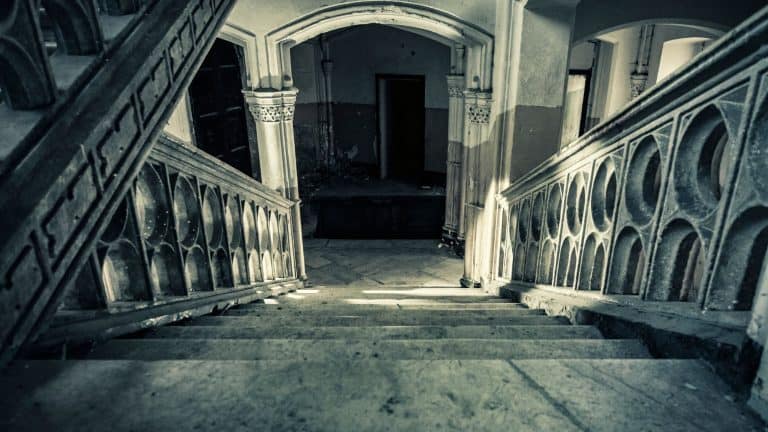Discover Parks & Wildlife contains affiliate links and is a member of the Amazon Services LLC Associates Program. If you make a purchase using one of the Amazon links (or other affiliate links), we may receive compensation at no extra cost to you. See our disclosure policy for more information.
7 Unforgettable Wildlife Encounters You Can Only Have In Alaska
Alaska isn’t just a state; it’s a gigantic playground where wildlife basically does whatever it wants, and you get to tag along like a guest at the coolest party you’ve ever attended. From swooping eagles to lumbering bears, this place is bursting with creatures that are so impressive, they make your backyard squirrels look like amateurs.
Alaska’s untamed wilderness is pretty much a front-row seat to life’s most dramatic and downright ridiculous moments in nature. Curious? You should be.
So stick around for some epic bucket list experiences that might make you rethink what adventure is really all about.
Glacier Bay Marine Wildlife Cruise
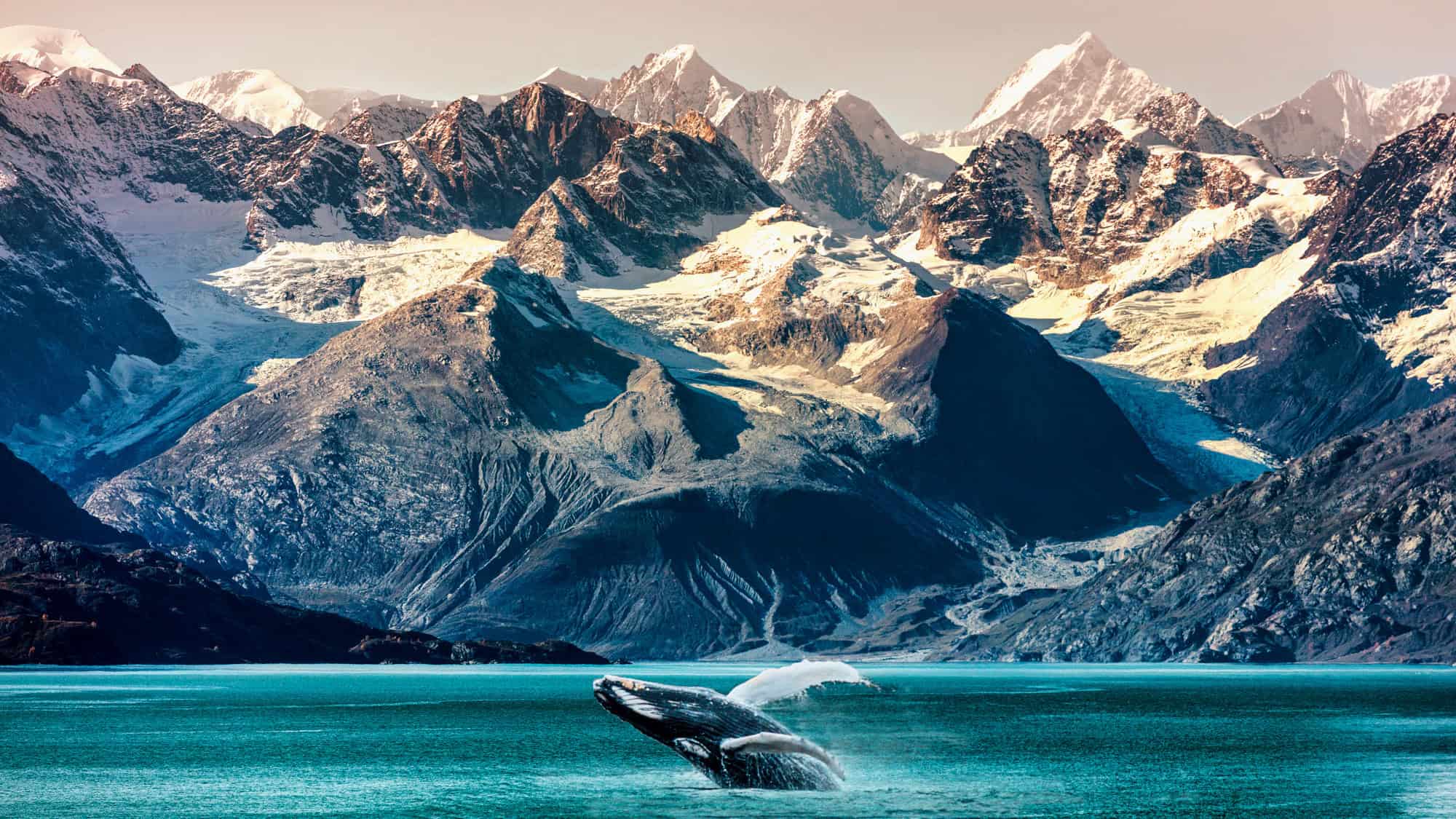
Heading into Glacier Bay on a marine wildlife cruise is essentially hitting the jackpot for anyone who appreciates nature’s more dramatic moments… minus the drama of reality TV. Here, you’ll glide past towering glaciers that dwarf even the most inflated egos, witnessing chunks of ice calving into the steel-blue waters below.
But it’s not just about ice; the bay is a bustling metropolis for sea creatures. You’re likely to spot humpback whales doing their version of morning stretches with fluke-up dives and breeches that put Olympic divers to shame, as this area serves as a crucial feeding ground for these giants.
Other possibilities include sea otters, seals and sea lions, orcas, and dolphins. Expect to see various seabirds during your cruise as well.
Puffin Spotting In Kenai Fjords National Park
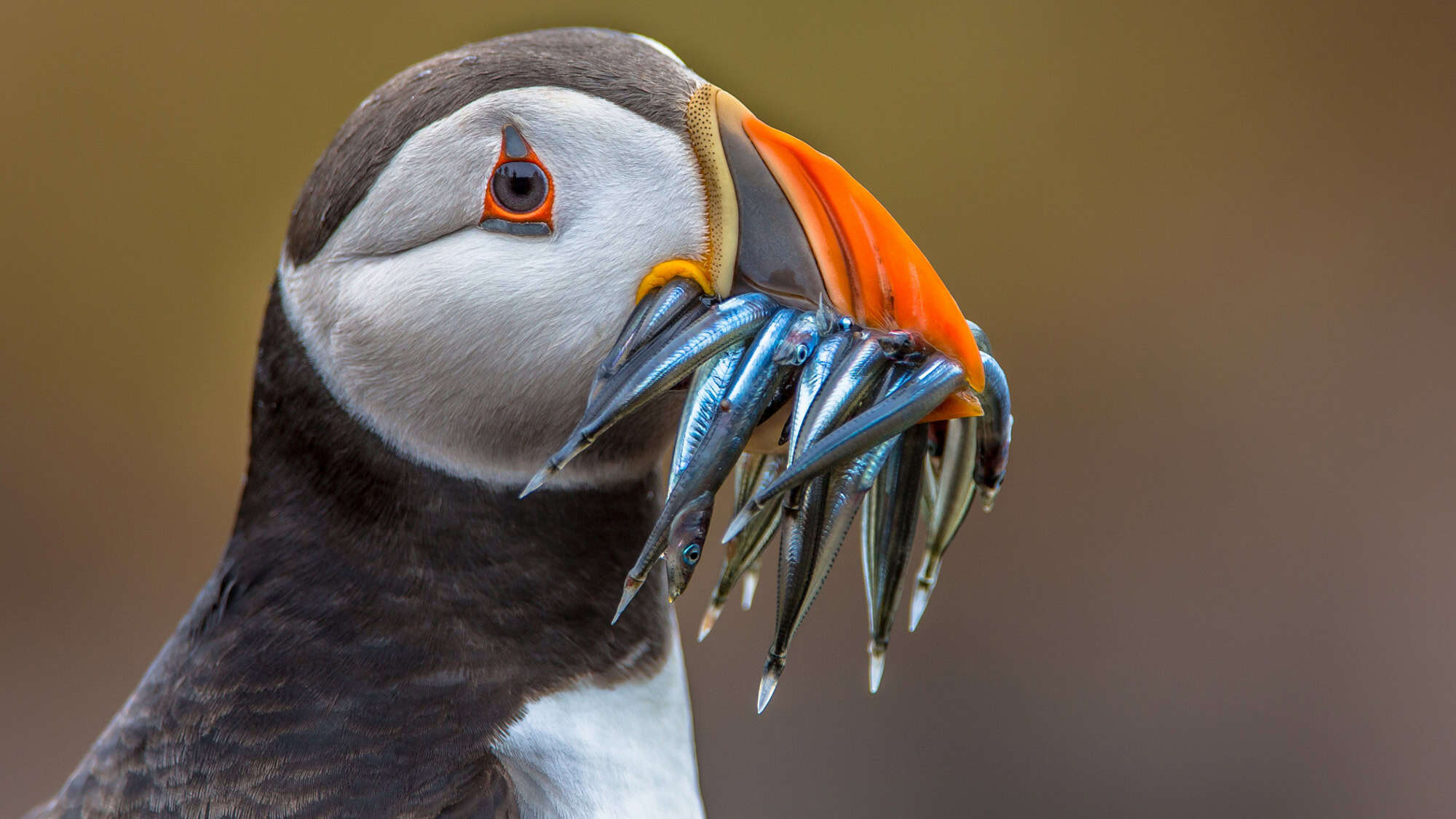
Now, if you thought bears had the monopoly on Alaskan wildlife charm, hold onto your binoculars because puffins are about to steal the show.
Puffins, with their distinctive, colorful beaks (which look like they’ve raided a clown’s makeup box) and their somewhat bewildered expression, are basically the supermodels of the avian world. Spotting one in the wild? It’s like catching a glimpse of avian royalty. The Kenai Fjords are their runway, where they gather in colonies on the rugged cliff faces.
Did you know that these birds are excellent swimmers, using their wings to “fly” underwater in search of fish? And here’s something that might surprise you – puffins can carry several fish in their beaks at once, thanks to their unique hinging mechanism. It’s like they’re equipped with nature’s own multi-tool.
Bear Watching In Katmai National Park
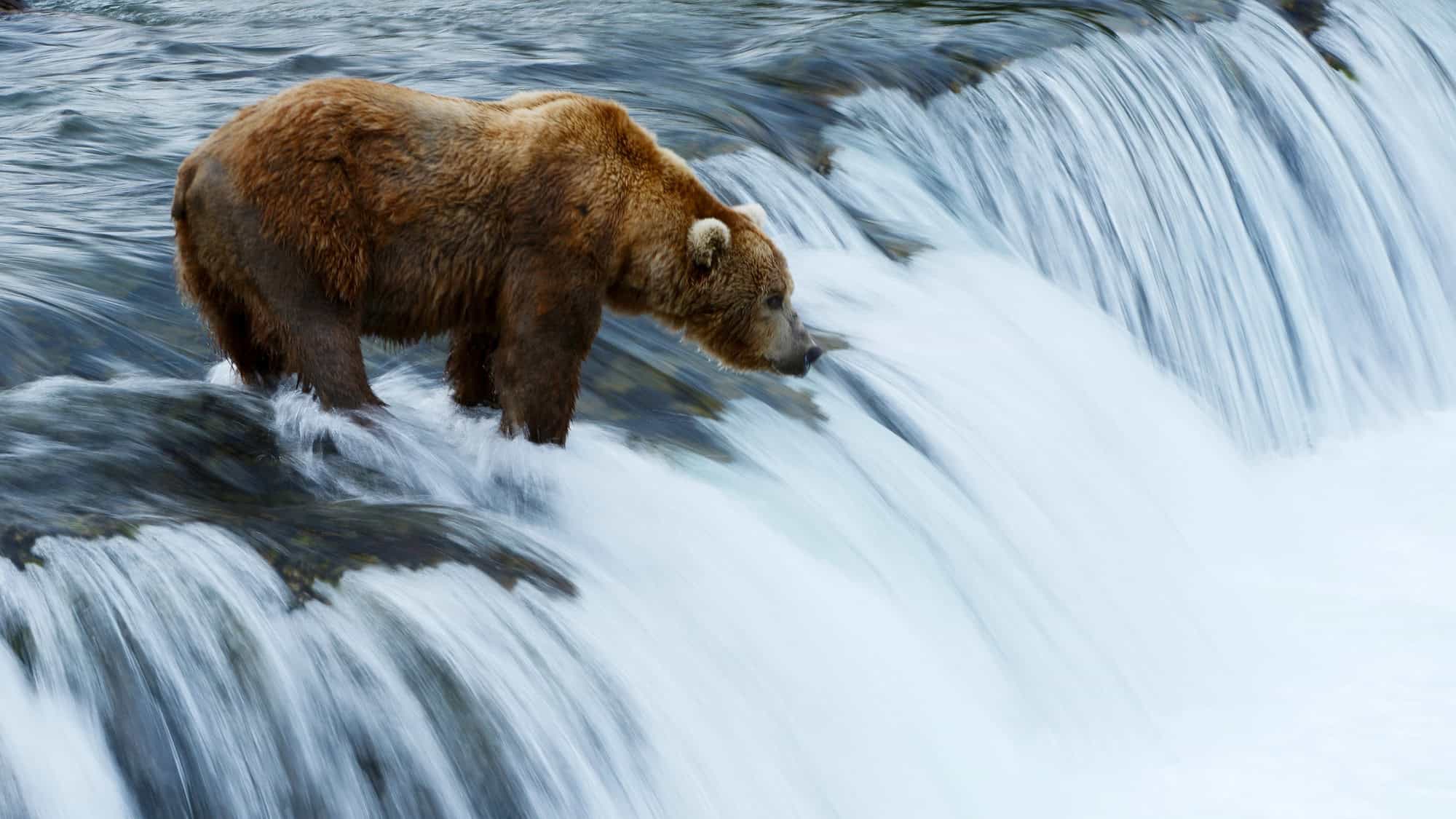
Here’s the thing about Katmai National Park: it’s basically a giant, all-you-can-see bear buffet. Not for you, of course… unless you’re into eating salmon with your bare hands alongside grizzlies.
This place is crawling (well, technically speaking, walking) with over 2,200 brown bears who apparently didn’t get the memo about personal space when it comes to fish. Picture this: you, standing safely (emphasis on safely) on a viewing platform while these magnificent beasts engage in what can only be described as an all-out salmon-catching marathon.
And get this: Katmai spans over 4 million acres, which is like saying you’ve got enough room to host a bear party without worrying about the noise complaints from your neighbors. It’s not just about watching bears, though; it’s about witnessing one of nature’s most incredible spectacles in a park that’s more remote than your chances of getting a decent internet connection out there.
Eagle Watching At The Chilkat Bald Eagle Preserve
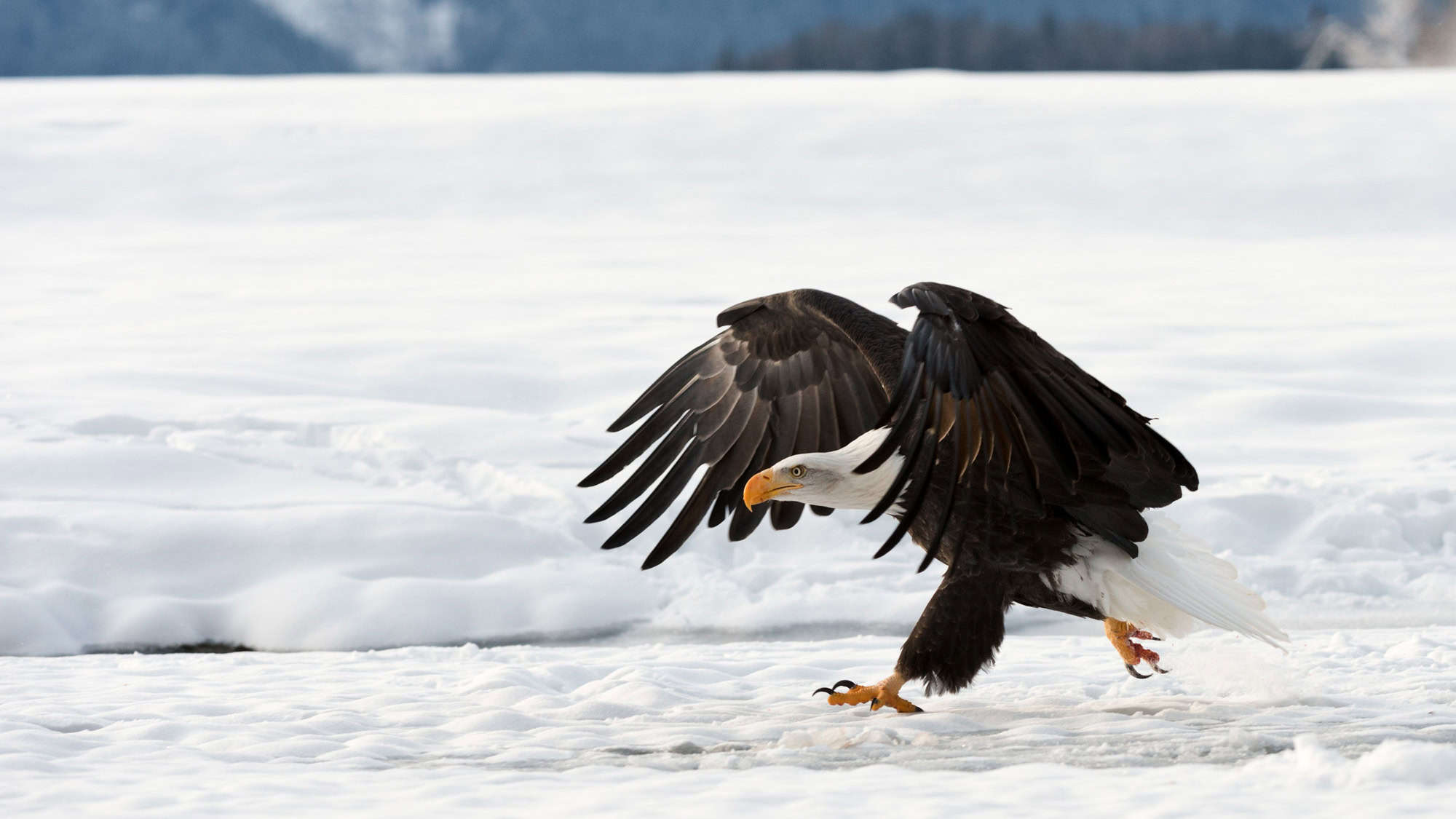
Imagine a place so teeming with bald eagles that it makes America’s national emblem seem like pigeons in a city park. That’s the Chilkat Preserve for you, a spot where these majestic birds congregate in numbers so large that it’s as if they’re hosting their own eagle convention.
Up to 3,000 bald eagles have been known to gather here in the fall, attracted by the late run of salmon. It’s the final hoorah of salmon season, and the eagles are definitely not missing out.
And in winter, the Chilkat River has special waters that remain unfrozen, providing a perfect fishing ground for eagles when other rivers have turned into ice rinks. Just think, you could be standing there amidst the crisp Alaskan air as eagles soar overhead and do acrobatic flips through the air, all with a backdrop of snow-capped mountains.
Wildlife Encounters In Denali National Park
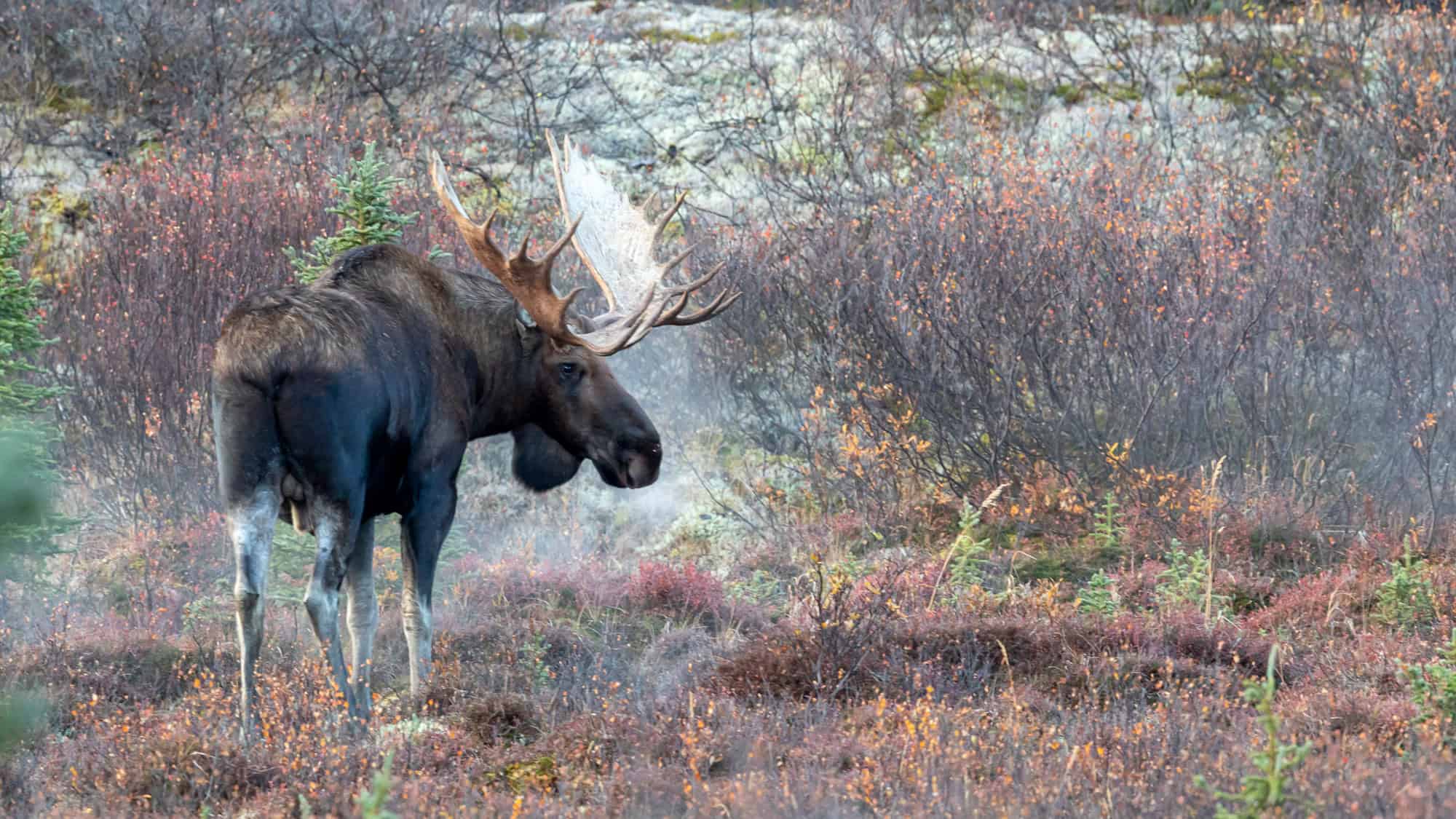
Denali National Park is like Las Vegas in terms of wildlife, except what happens in Denali definitely doesn’t stay in Denali because you’ll want to tell everyone about it.
This pristine wilderness is your all-access pass to some of the most jaw-dropping animal sightings on the continent. We’re talking grizzlies, moose, caribou, and wolves doing their thing in their natural habitat, which, by the way, spans over 6 million acres.
Denali also houses North America’s tallest peak, creating a perfect backdrop for your wildlife selfies. Here’s a nugget that might win you a trivia night: Denali has only one road, which means traffic jams here are caused by caribou crossings and not your usual rush hour suspects. And you can’t even drive the whole thing yourself; you have to take a park bus most of the way.
Polar Bear Viewing In Kaktovik
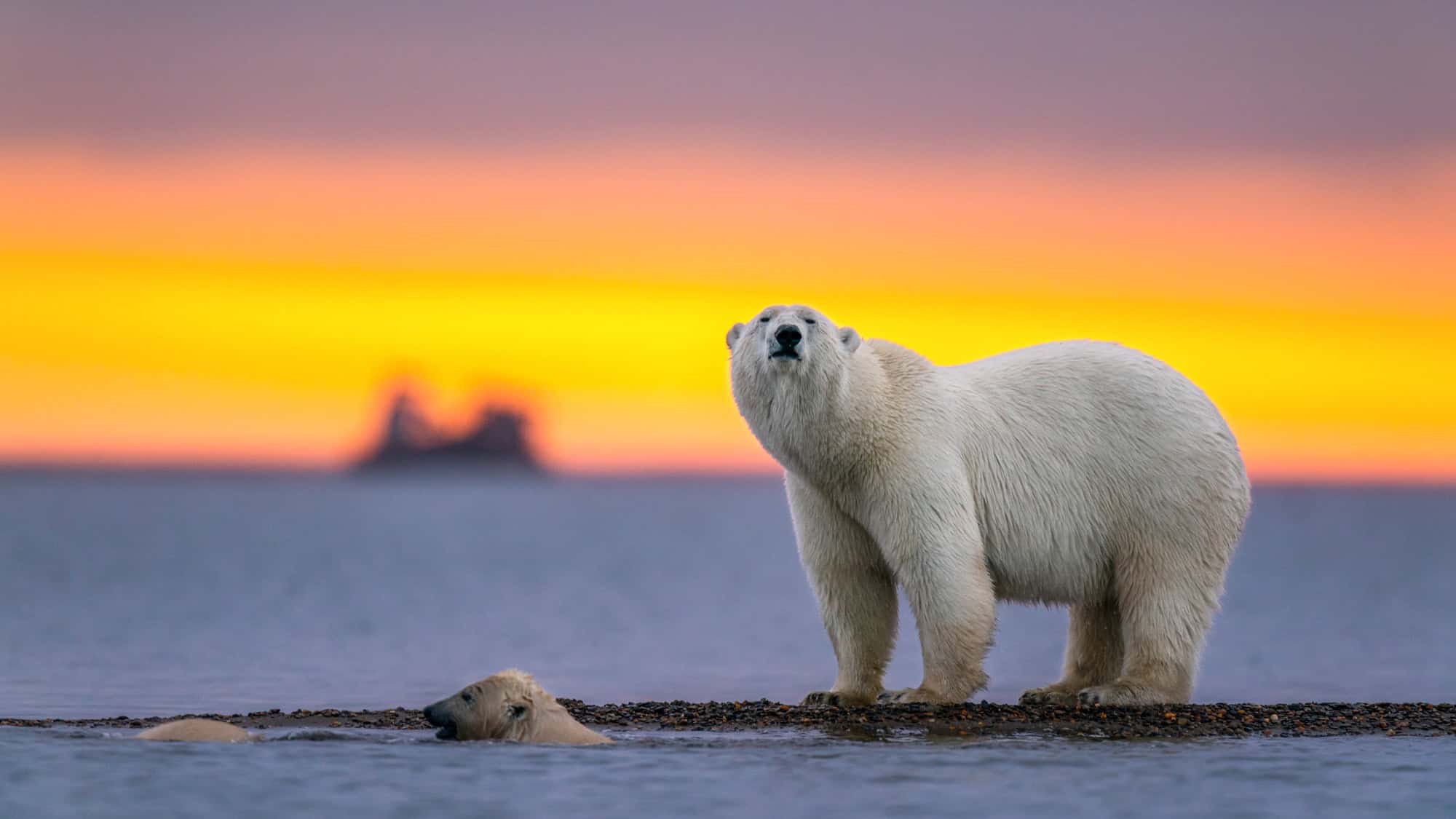
Kaktovik is the unofficial headquarters for polar bear enthusiasts. When you think of an Arctic adventure, there’s no better way to say, “I love nature” than by watching polar bears frolic in their natural habitat… as long as you’re safely tucked behind the glass of a sturdy vehicle, of course.
Did you know that Kaktovik is actually a hotspot for scientists studying these furry legends? Every fall, around 70 polar bears gather here like confused tourists waiting for the Northern Lights to show up. And if you’re lucky, you might even spot one flipping a seal like it’s a pancake at a Sunday brunch. Now that’s some spectacular breakfast entertainment!
Seriously though, if you’re hoping for a pic with a polar bear, just remember that they can weigh up to 1,500 pounds. They don’t do selfies, and they’ll definitely judge you for your choice of filter.
Bird Watching At Potter Marsh
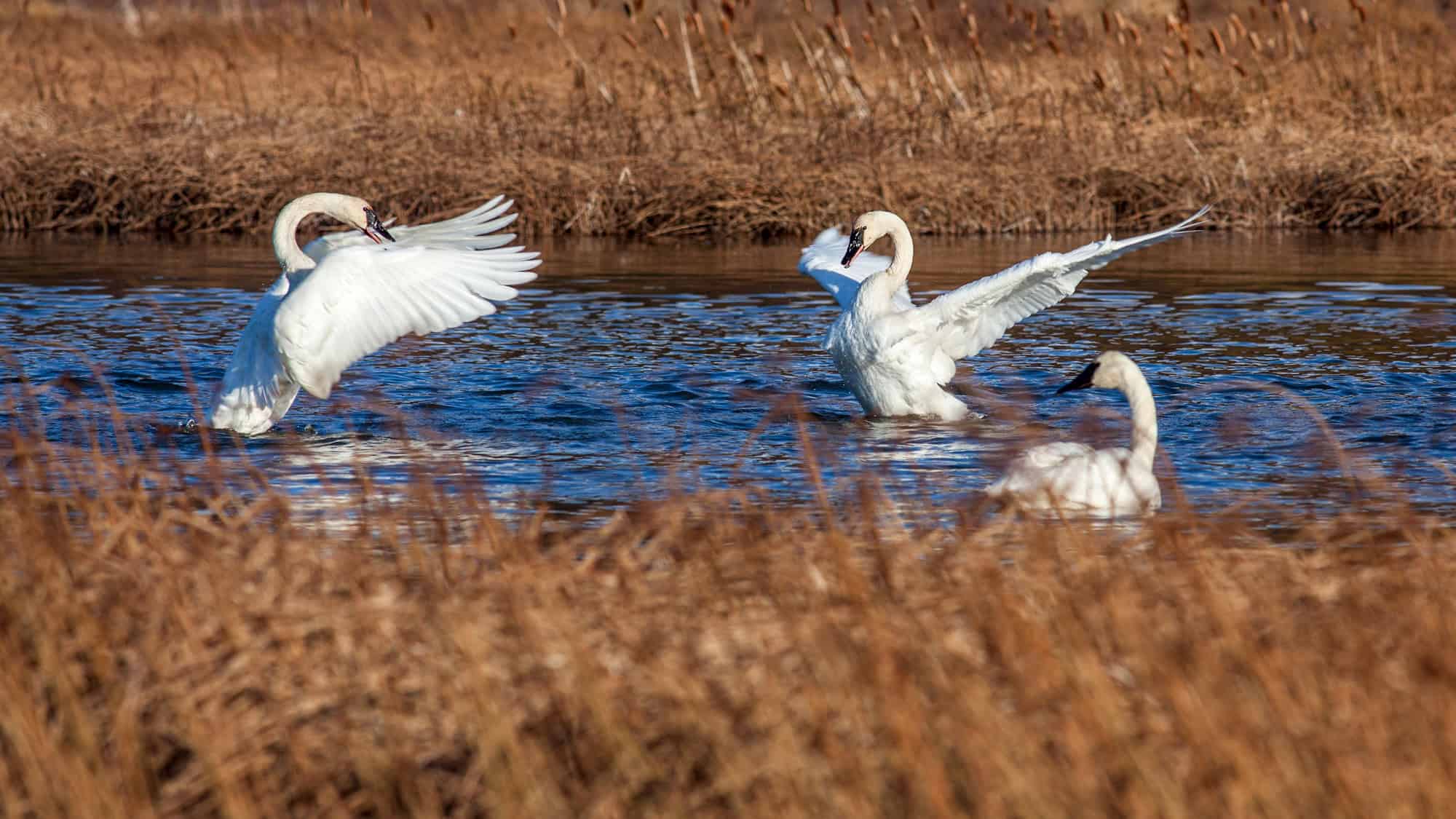
Potter Marsh might just be the star of the Alaskan avian world, tucked away in the Anchorage Coastal Wildlife Refuge. It’s where birds of all feathers flock together, making it a paradise for bird watchers who prefer their nature experiences to be as diverse as a New York City subway car.
This place is a prime spot for catching sight of pintail ducks, red-necked phalaropes, northern harriers, and the occasional majestic trumpeter swan. Potter Marsh boasts a boardwalk extending over 1,550 feet, offering unhindered views of feathered performers without getting your feet wet.
But it’s not just the birds that call this marsh home. Be prepared to spot moose meandering through the refuge, adding a touch of Alaskan wilderness to the serene birdwatching scene.
Like Our Content? Make sure to join our newsletter for all the latest on outdoor adventures (and a FREE STARGAZING GUIDE). Click here to sign up!
